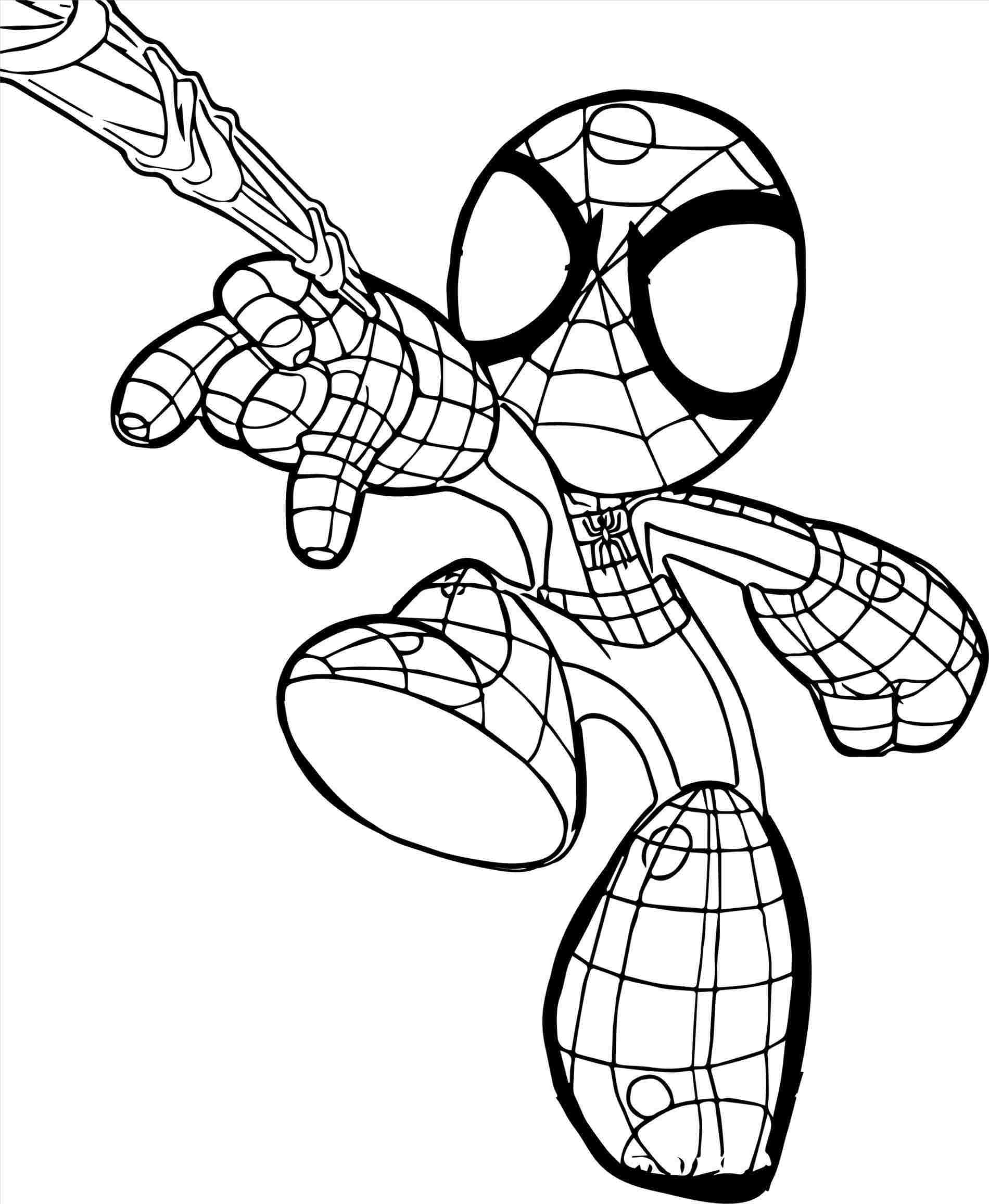
Then there’s characters like The Vulture - he’s got a sound, which is kind of like fucked up operatic medieval music. then there’s another dimension I can’t talk about. did Gwen’s world, Miles’s new world, 2099’s world, Punk’s world, India’s world. How many different dimensions did you have to score in total? Record scratching was sort of one of the key things behind his sound, which obviously, we brought in for the new film as well.Īn entire multiverse filled with Spider-People in ‘Spider-Man: Across the Spider-Verse.’ Sony Pictures And all the other characters - I don’t know how many worlds I’m allowed to talk about - the first film was almost all Miles’ world, which was very influenced by hip-hop culture. His character is very harsh and technological, and so his world and his theme is more in keeping with that. Whereas 2099’s world is incredibly technological, futuristic, and that’s been a huge impact on how I approach it. She’s kind of influenced by a ’90s, 2000s indie pop, synth-y, grungy kind of world, but with an art style that is incredibly dreamy, and slightly abstract. In this film, I’m playing off the palette and textures of Gwen’s world, which are a lot more dreamy. For me doing the music, I’m also trying to approach each world with a different palette and a different technique and a different approach. did a presentation of all the different art-style approaches in the movie, which was phenomenal, talking about all the different techniques, from the sort of Syd Mead-inspired concept design that 2099’s world is very inspired by, to the watercolor drips of Gwen’s world. How did you approach creating unique themes for each universe? And I think one of the greatest achievements of Spider-Verse is to slowly make people more aware of that and you can see its effect across the whole industry, like the new film. a long time, and still to this day, they’re kind of looked upon as for kids, whereas really, animation is for everybody. There’s all different ways to tell a story and animation is an incredibly exciting way to tell stories the imagination that can be utilized within that is so extreme. One of the things Spider-Verse has done, that’s been amazing, totally reset the way cinemagoers look at animated movies. I still think there is a lot of prejudice against animated movies.
Spiderman drawing sketch movie#
You think people were less inclined to watch another Spider-Man movie because it was animated? And this is the time it plays a big arena tour. I think the movie is a bit like a band who’s played lots of small venues over the last two years, four years, and everyone feels like they’ve discovered it. And I’d have friends who I’d be like, “You got to see this movie,” and they’d be like, “What is it? Oh, Spider-Man… Another Spider-Man movie.” And I’d be like, “Yeah, this one’s animated,” and they’d be even less interested. I was expecting everyone to lose their shit when it came out, and they didn’t. I mean, it did OK, but I on that movie, and I thought this was one of the greatest things I’ve ever worked on. When the first film came out, people didn’t get it at first.



Spiderman drawing sketch full#
There’s no half measures, you have to go full Spider-Ham. And I was like, “Are you really gonna put a 2D pig in this movie?” And they were like, “Uh, yeah,” and I’m like, “OK, if you really want to do that, then I’m totally on board.” When they first pitched the movie to me, the thing that really swung it was they showed me Spider-Pig - Spider-Ham, Peter Porker, whatever. What initially drew you the first film, Into the Spider-Verse?


 0 kommentar(er)
0 kommentar(er)
